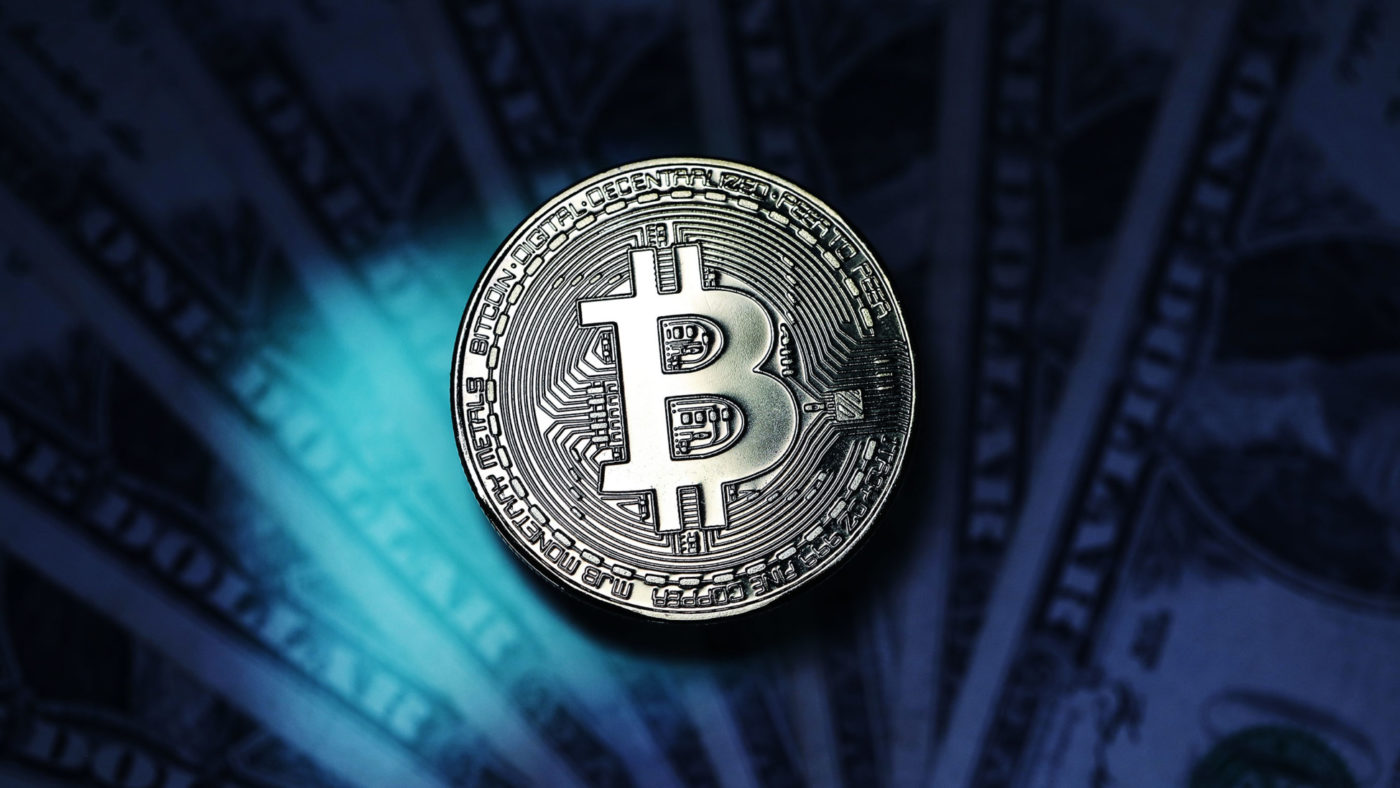Keeping your funds in cash is generally viewed as much safer than holding them in stocks. This is because, on any given day, the value of the US and UK capital stock – as measured by the NYSE and FTSE indices – can easily fluctuate by one or two percentage points either way. By contrast, the purchasing power of cash, unless you find yourself in an inflation hellhole like Venezuela, can be assumed to remain fixed from one day to the next. Cash is a better short-term store of value.
But the picture changes radically once one takes a longer-term view. Imagine you had $1,000 fifty years ago. If you’d kept it in cash for the ensuing half-century, the purchasing power of that $1,000 would have been considerably dented by inflation. Specifically, it would buy you less than one-seventh of the goods and services which you could acquire in January 1968, according to the Federal Reserve. There have of course been improvements in technology and delivery that this depreciation doesn’t account for, but the point remains that cash has of late been a rather poor investment good.
Suppose that you had instead bought a broadly diversified set of stocks, say, those composing the Dow Jones 30 index of large American industrial firms. There were no index funds yet in 1968 – Vanguard’s Jack Bogle only marketed the first one in 1975 – but suppose that, just like index fund managers do, you’d simply rebalanced your portfolio each month to reflect the changing weights and composition of the Dow 30 index. How much would your $1,000 investment be worth today?
$31,000. That’s right – without any skill or specialist advice, you would have grown your investment more than 30-fold. After adjusting for inflation, your investment would be worth 4.3 times its 1968 value. And January 1968 was an expensive time to buy the stock market. The Dow would lose 65 per cent of its value between then and the early 1980s. Yet, even buying at an expensive time, the stock market over the last five decades has performed more than thirty times better than good old cash.
It is worth keeping this in mind when august policymakers, central bankers and regulators foremost among them, decry Bitcoin as fraudulent, volatile and even a Ponzi scheme.
You would need to have taken a long vacation in Pyongyang to remain oblivious to the massive ups and downs in the value of the cryptocurrency over the last few months. The price of Bitcoin in US dollars has dropped by nearly 60 per cent since its December peak of $17,500. But that’s still seven times what the virtual currency fetched a year ago. It’s true that Bitcoin’s recent gyrations have increased in frequency and magnitude, as more people joined the frenzy in the hope of making a quick buck out of the latest new thing. Needless to say, many late-term buyers will likely be disappointed.
However, waves of unusual enthusiasm and speculation are relatively frequent in asset markets. More than one economist has made a fortune not so much by joining the herd as by writing about it after the fact. Burton Malkiel’s celebrated book A Random Walk Down Wall Street is replete with examples of previous bouts of irrational exuberance, including the time in the 1960s when any stock carrying the suffix “tronics” carried a hefty premium. Yet, Malkiel himself is an advocate – as are many other financial economists – of the efficient markets hypothesis: the idea that stock prices reflect all available information, so trying to predict their future movements is a fool’s errand.
How can that be? As Malkiel and others have repeatedly shown, more than 90 per cent of mutual fund managers fail to outperform their benchmarks on anything like a consistent medium-term basis. And that’s before fees, which are steeper than those of passive funds. We may think the volatility of stock returns is excessive when one looks at fundamentals, but precious few of those who have dared to put their money where their mouth is have managed to keep both their money and their mouth intact.
I don’t purport to understand Bitcoin. The finance that I learned teaches that the price of something equals the net present value of its future cash flows. Bitcoin offers no cash flows, so its value is difficult to estimate using the traditional tools of finance.
But if we dig deeper, things become somewhat more straightforward. The price is whatever buyers are prepared to pay. Cash flows matter because they tell potential buyers what they can get in return for an asset. But the price of Bitcoin, even without cash flows, is whatever value people expect to receive from owning it. By buying Bitcoin, they are making a bet on future demand for the cryptocurrency and on the use that they’ll be able to make of it. That’s really all that one can say, whether the price of Bitcoin is $17 or $17,000.
The hubris of the institutional crypto-sceptics, on the other hand, is unearned. Scepticism, of course, is acceptable and often commendable: thanks to the disinclined, many a bad piece of information is ultimately uncovered. But that public officials without any skin in the game, and whose performance in the achievement of either price or financial stability has been decidedly spotty, would decry Bitcoin as a fraud is hypocritical and must be called out.
If those officials had to choose between putting $5,000 of their own money into Bitcoin or US dollars for the next 50 years, what would they do?


